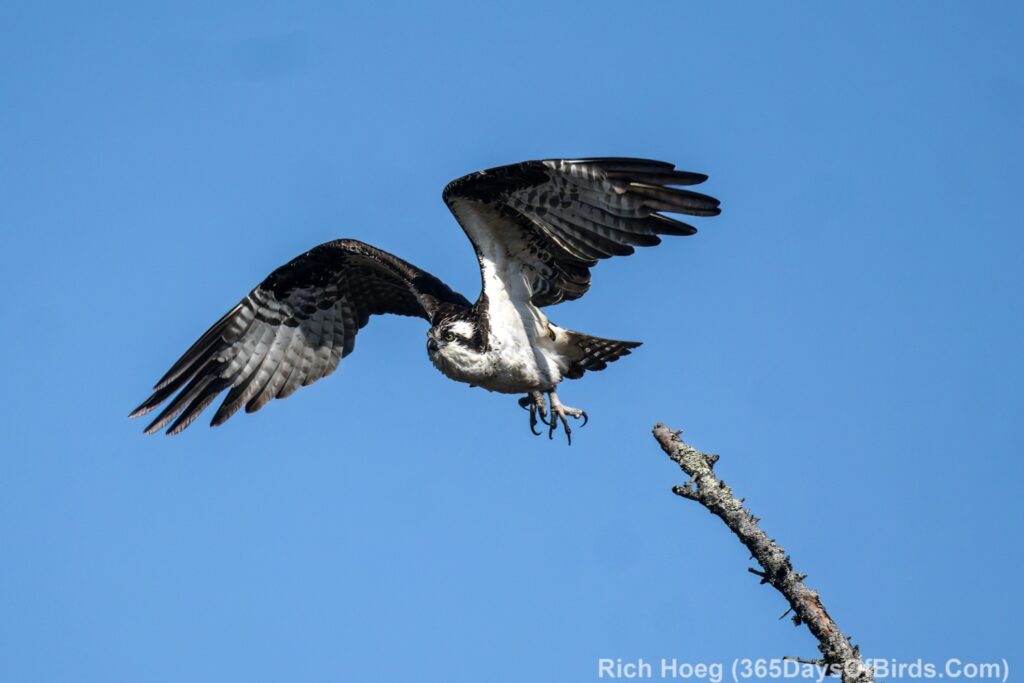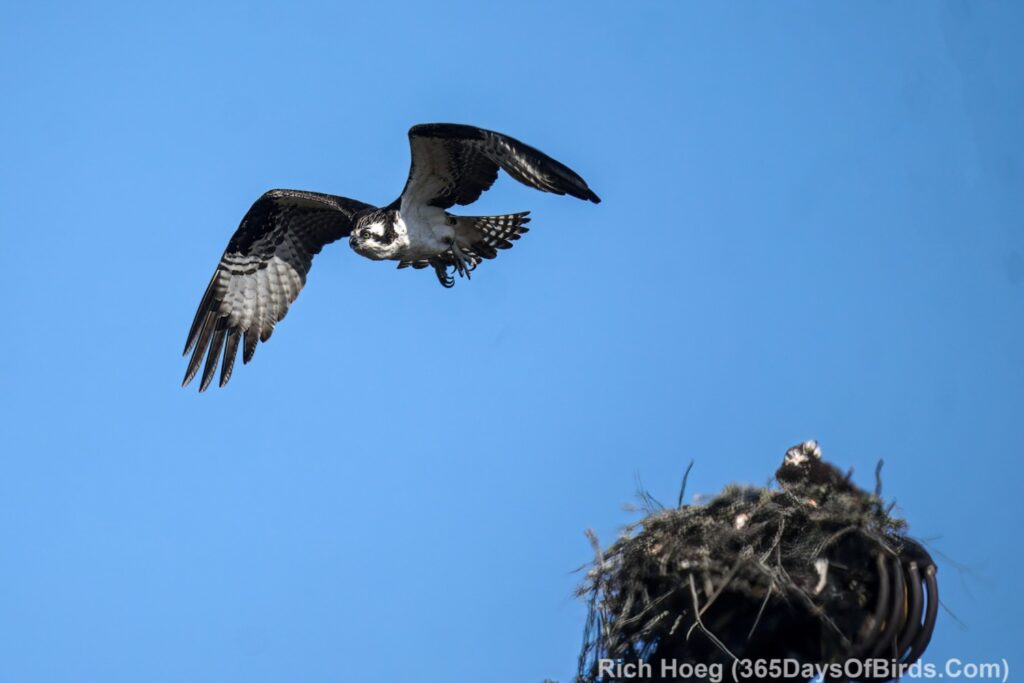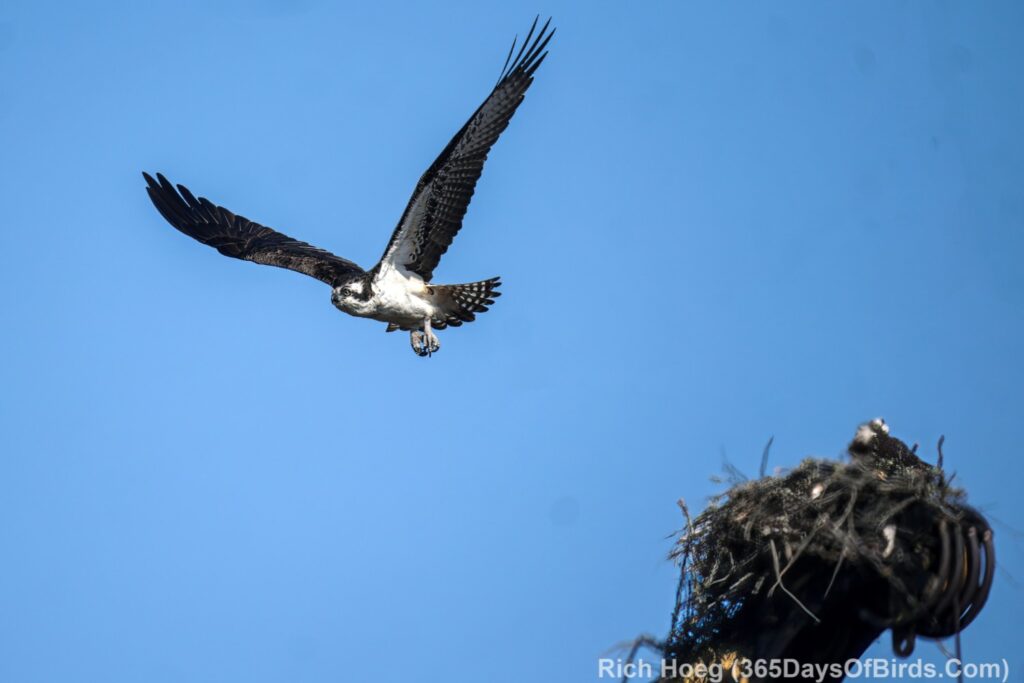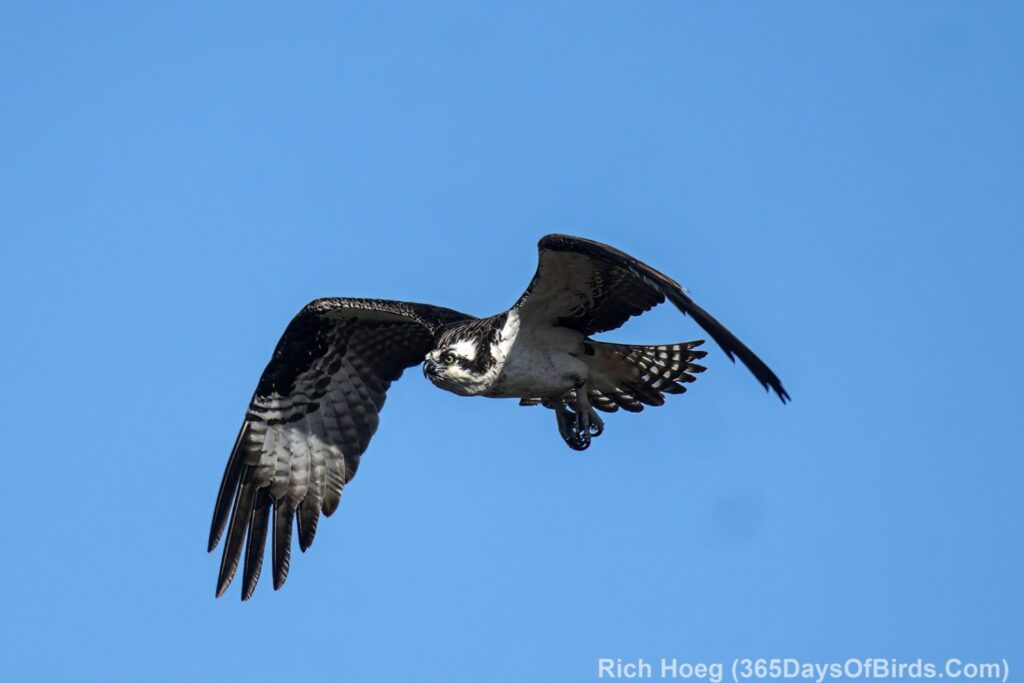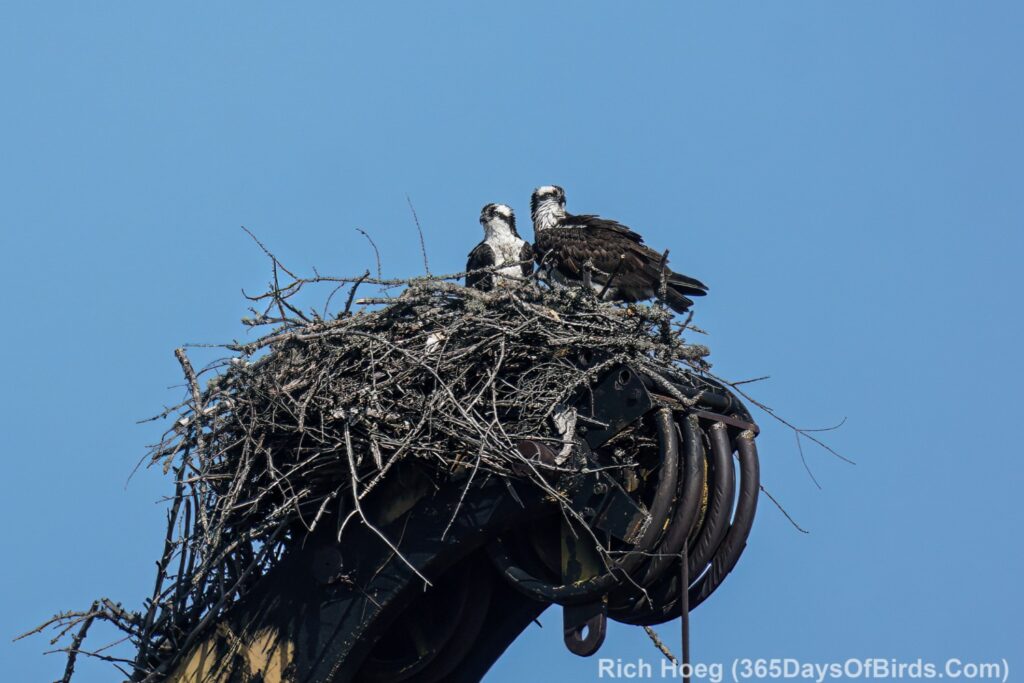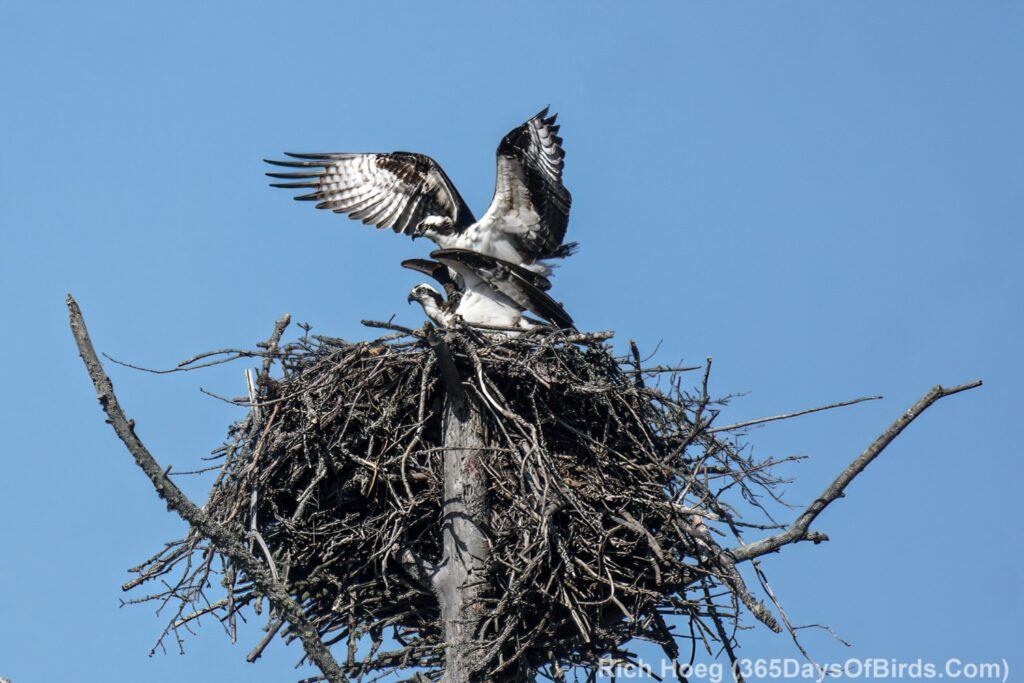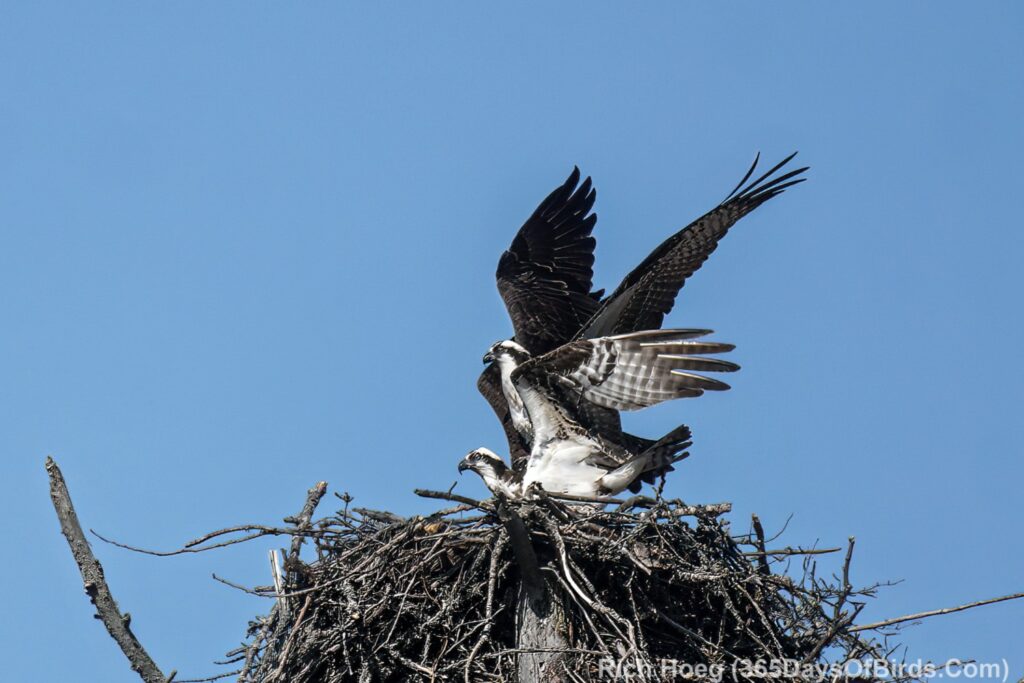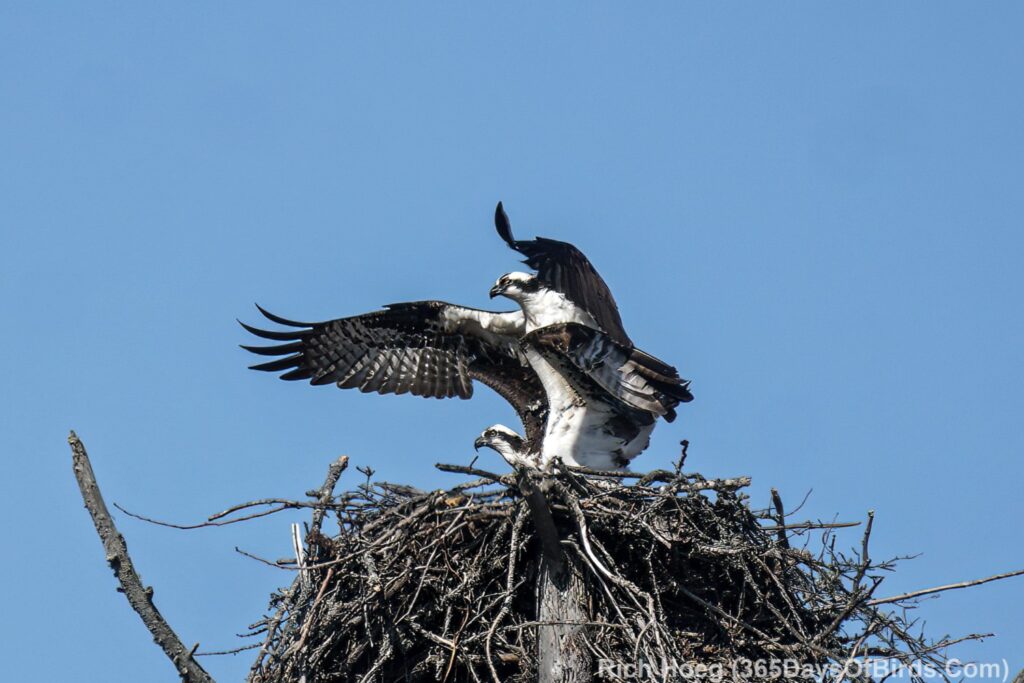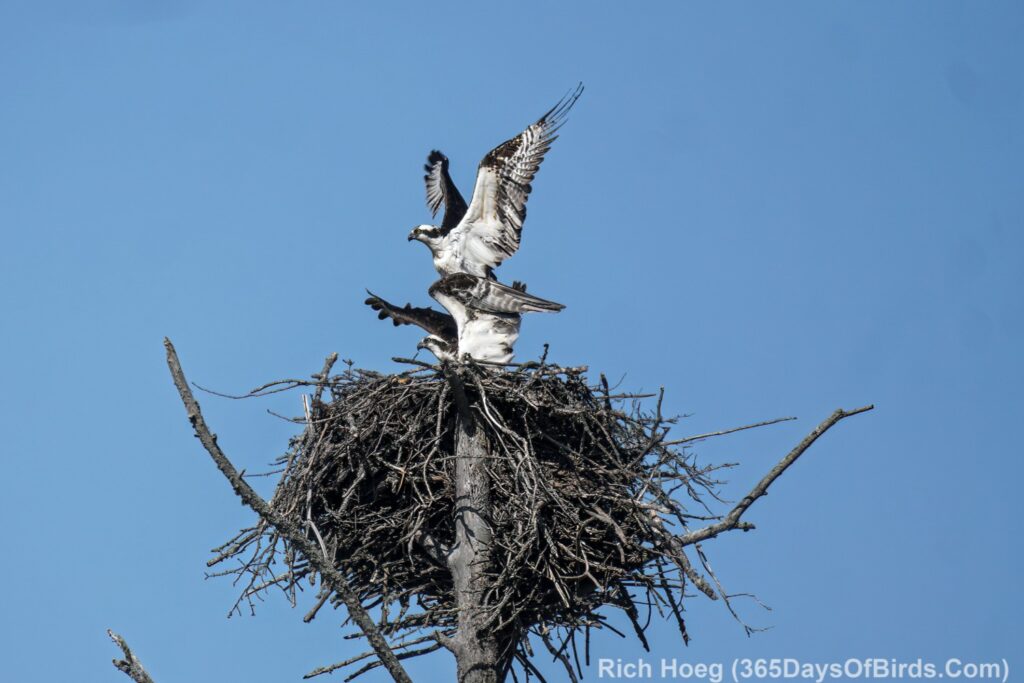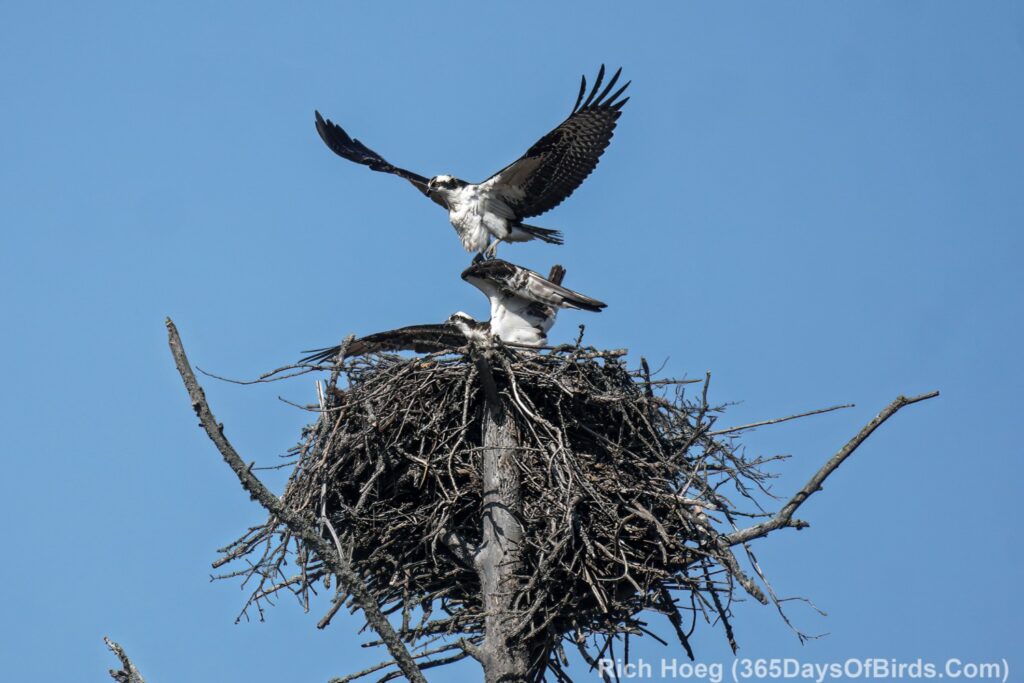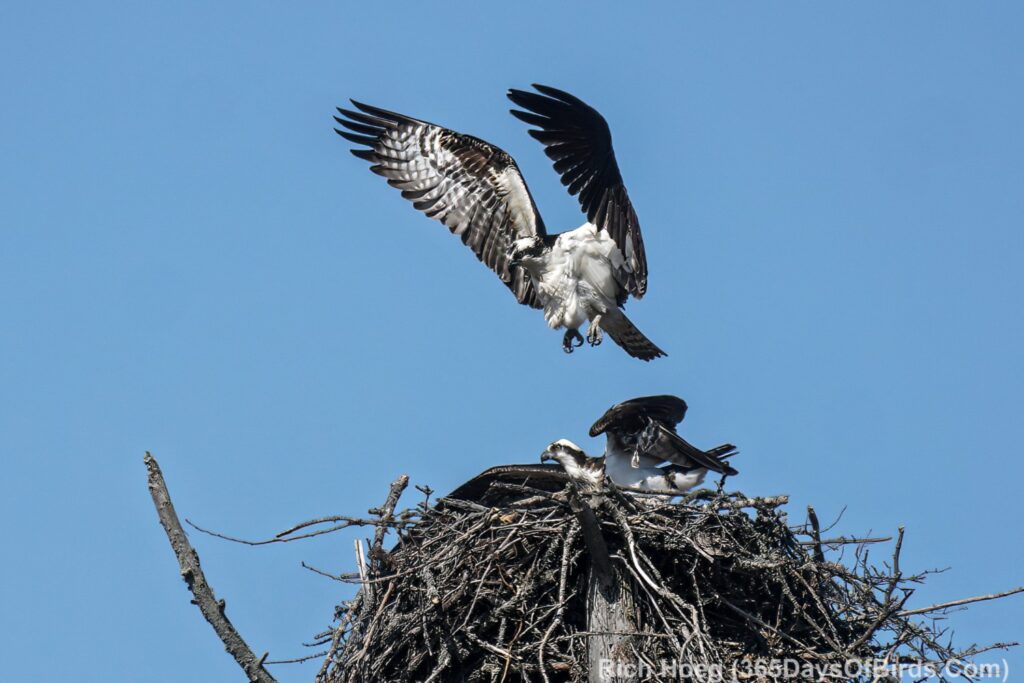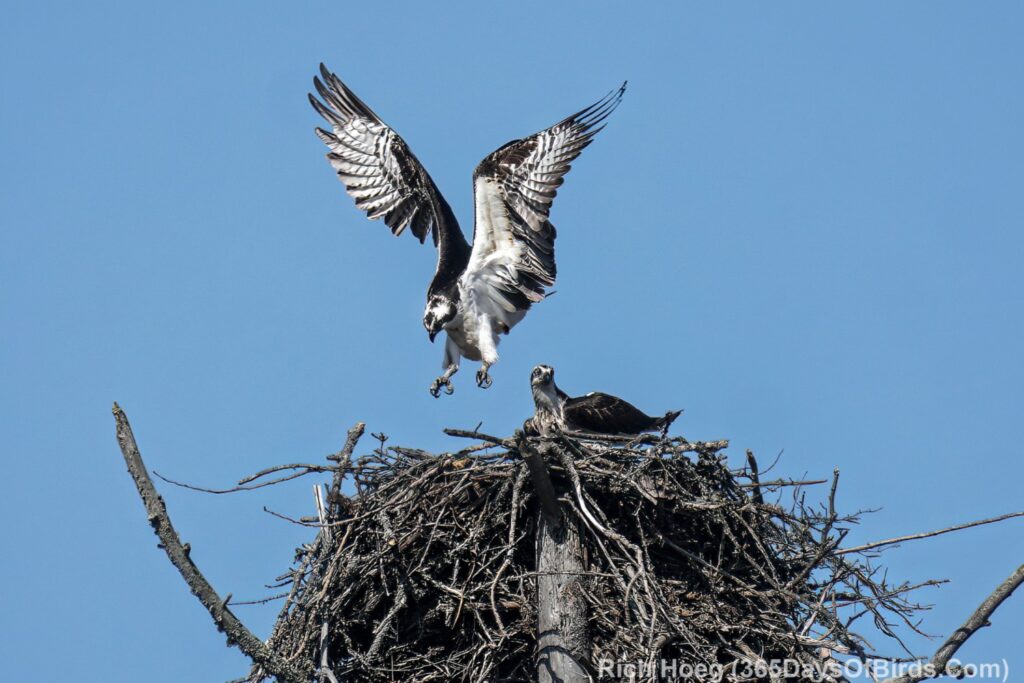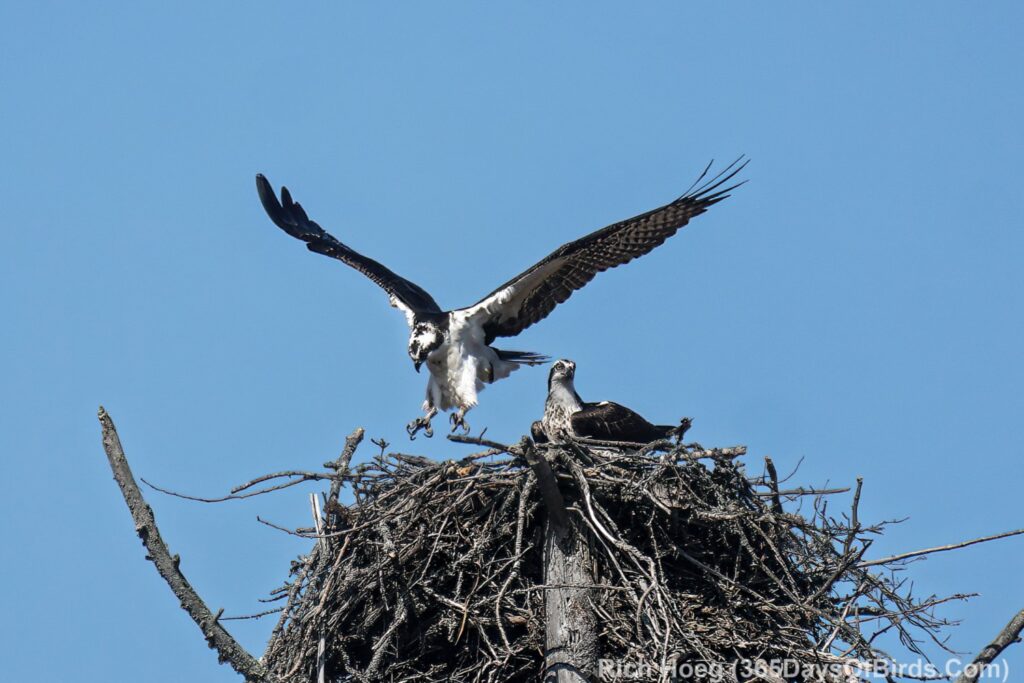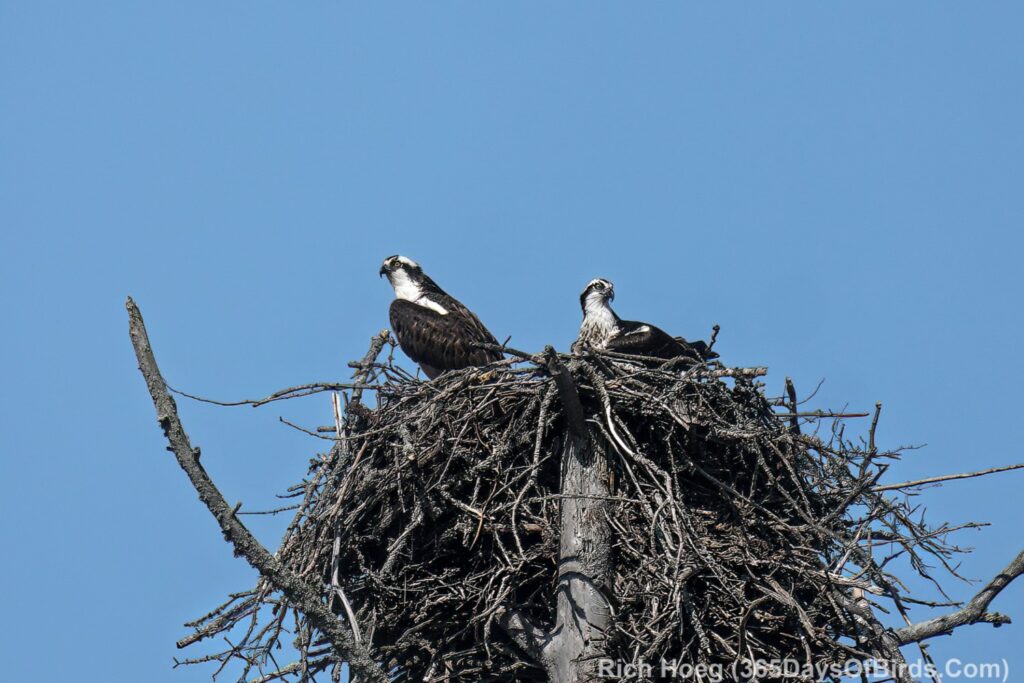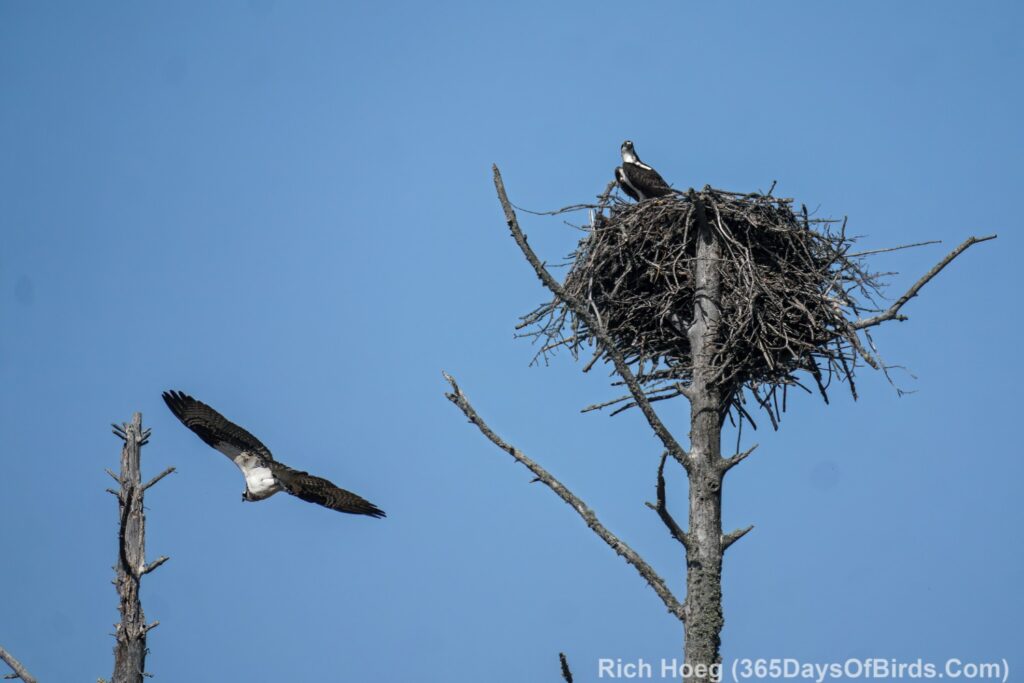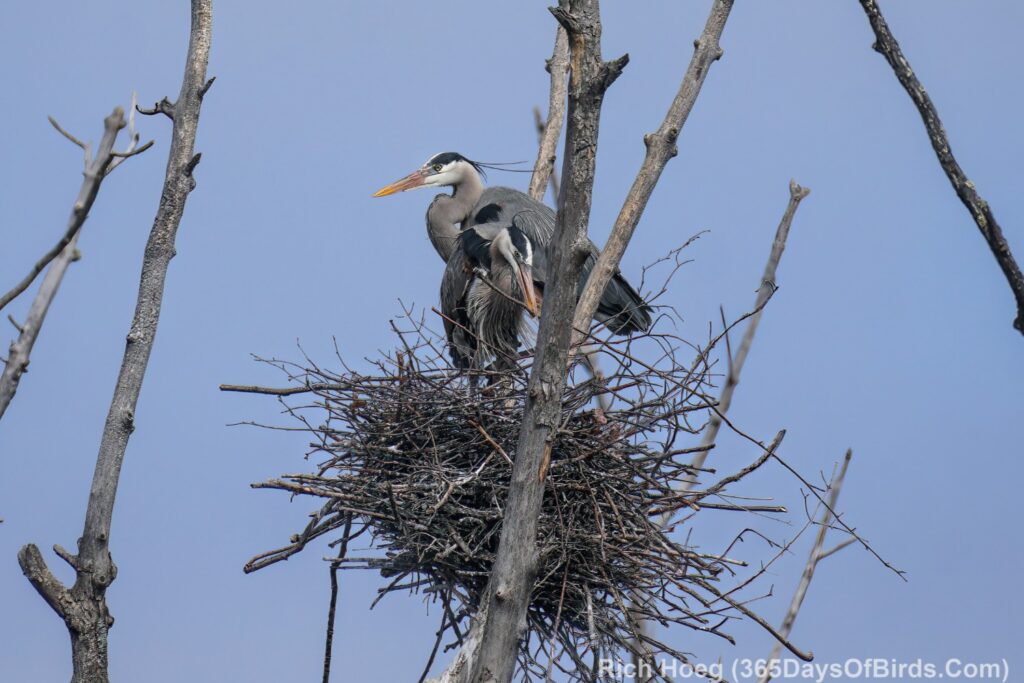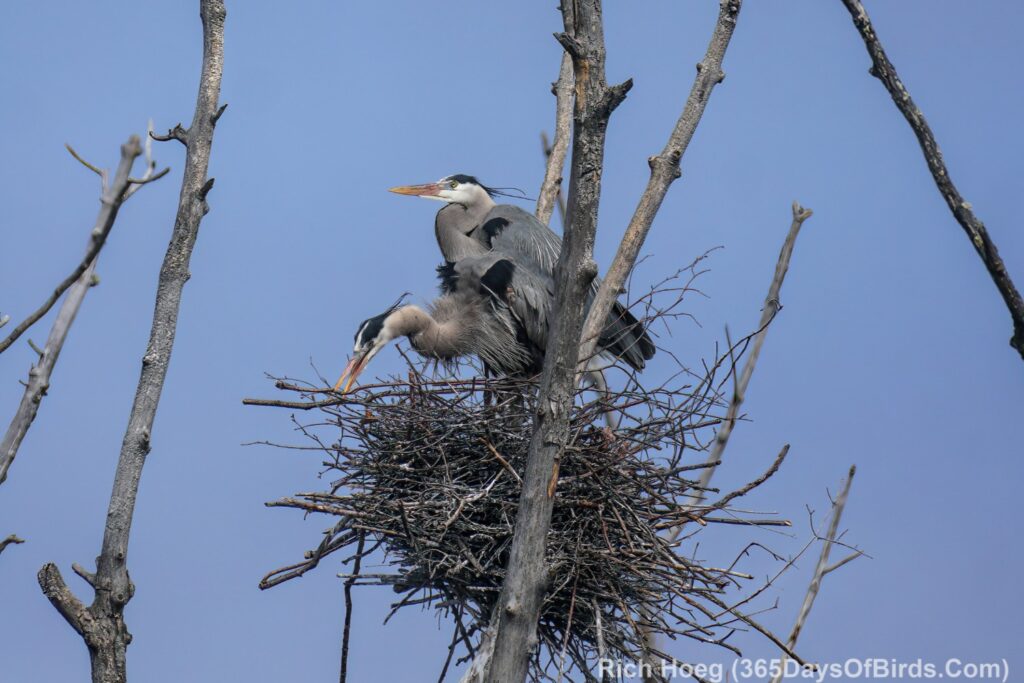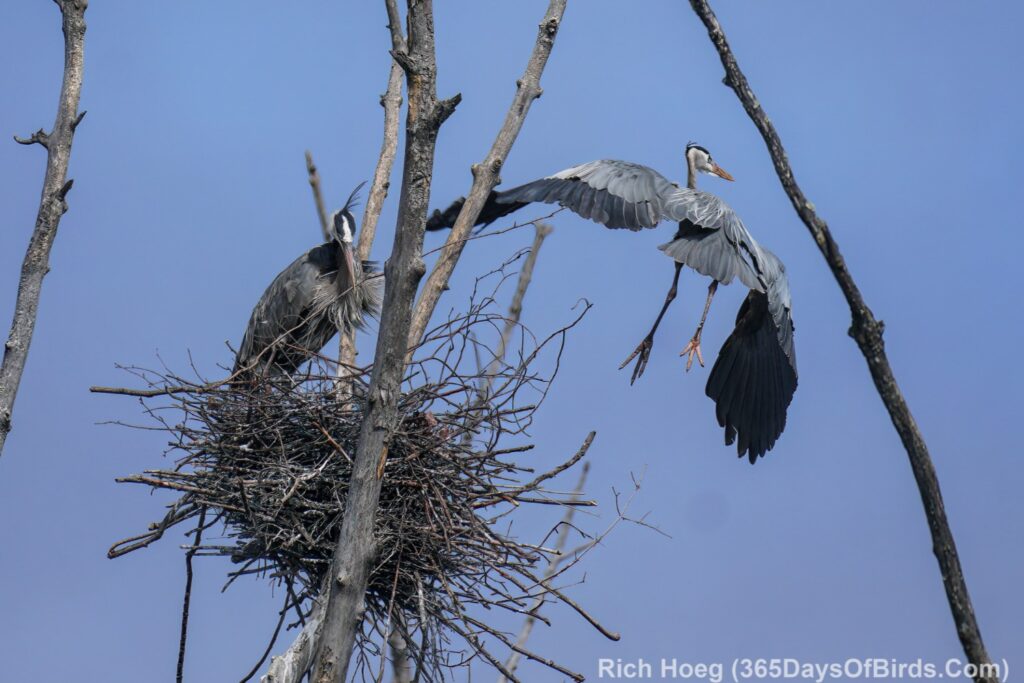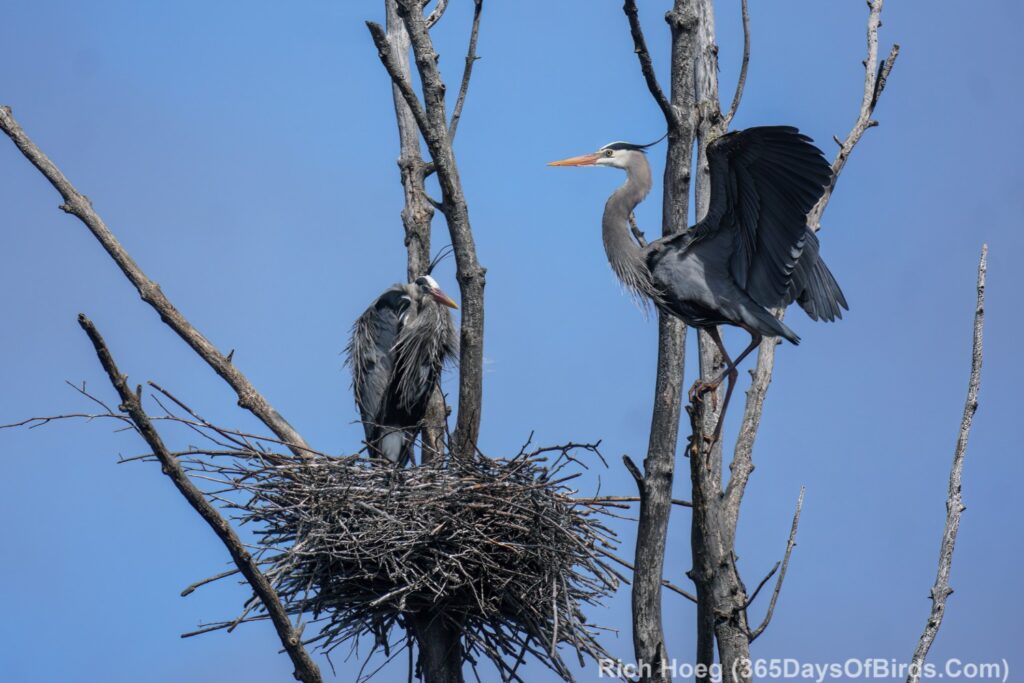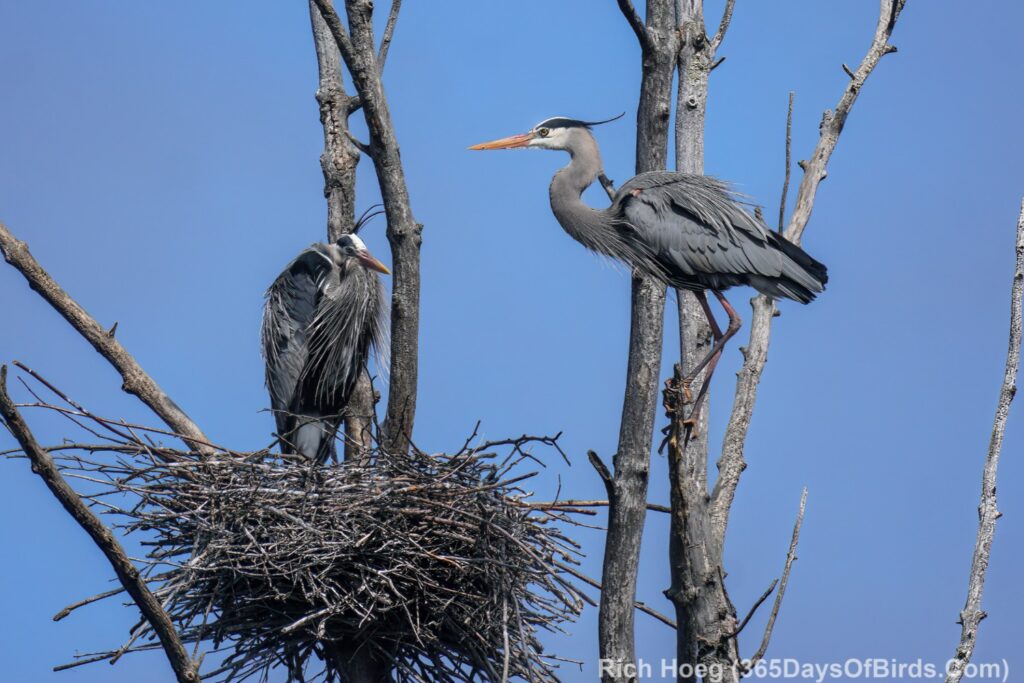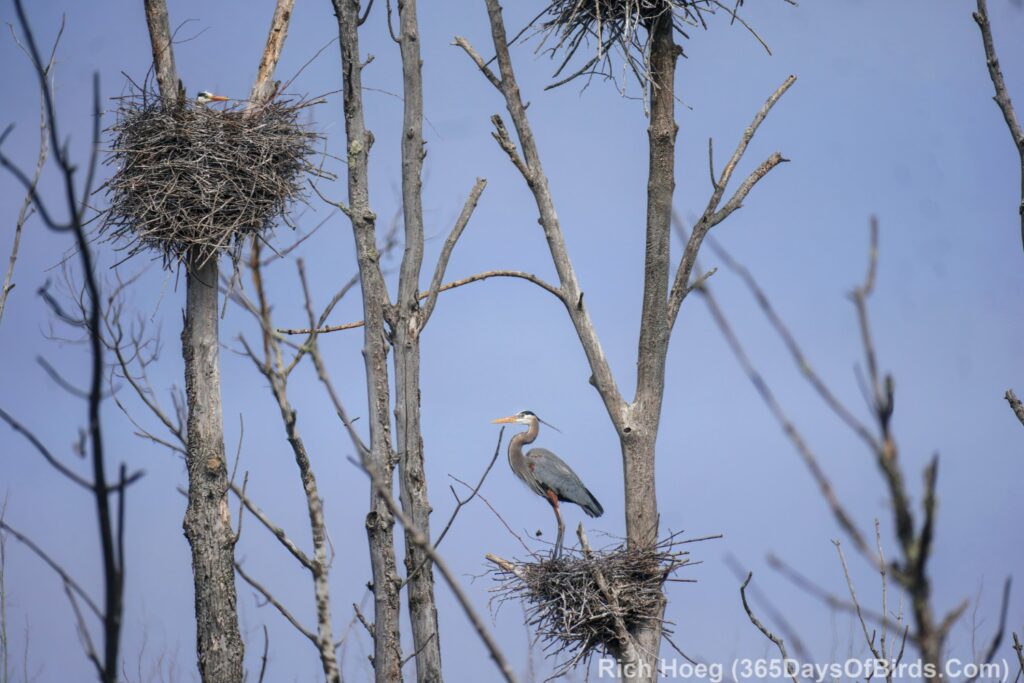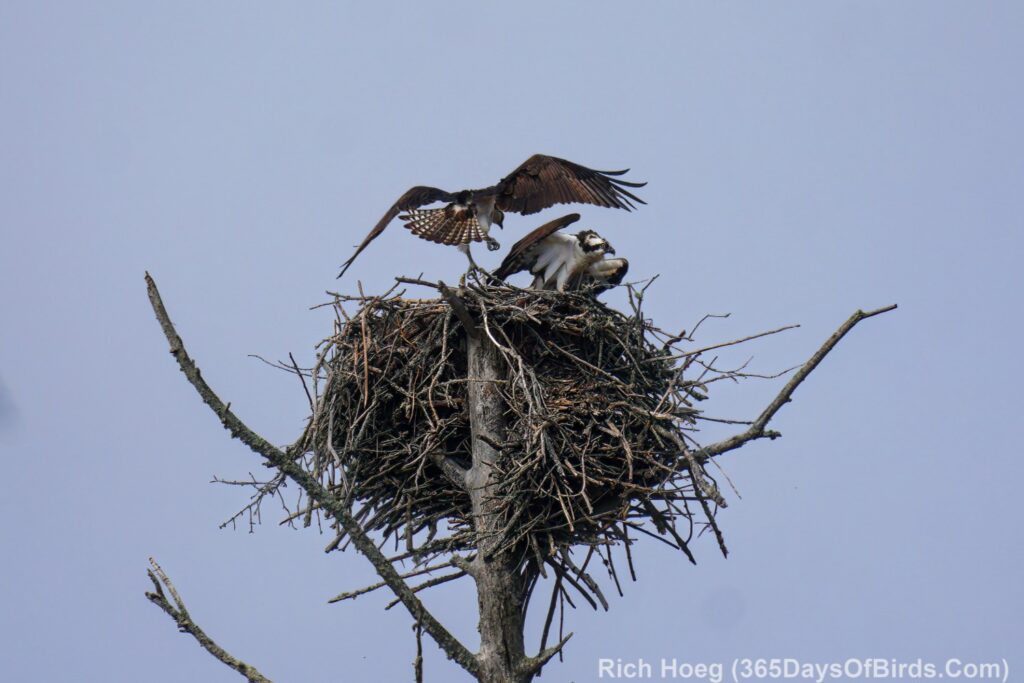Yesterday morning was special for many reasons. First the air warmed in the spring sunshine, and the winds were calm. Two different osprey couples took advantage of the nice weather. Rather than add lots of text, just enjoy the sequence of images showing why when you press the shutter down MAKE certain you always utilize your “automatic high speed shutter release mode”. Keep your shutter pressed until you are 100% convinced the action is complete. I took over 90 photographs of these two osprey events, neither of which lasted more than ten seconds. My Sony A6300 is able to take 11 frames per second.
For the mating sequence, I had only arrived seconds earlier, but once I realized what was happening I whipped up my camera and starting taking non-stop photos. Thankfully my previous camera setting was optimized for extremely fast shutter speeds.
Steam Shovel Sam and Sally Osprey Fly-By
Lismore Road Osprey Mating
Mating is Over … the Male comes down to land
Within moments the female flies to another tree … rests … and then goes fishing
